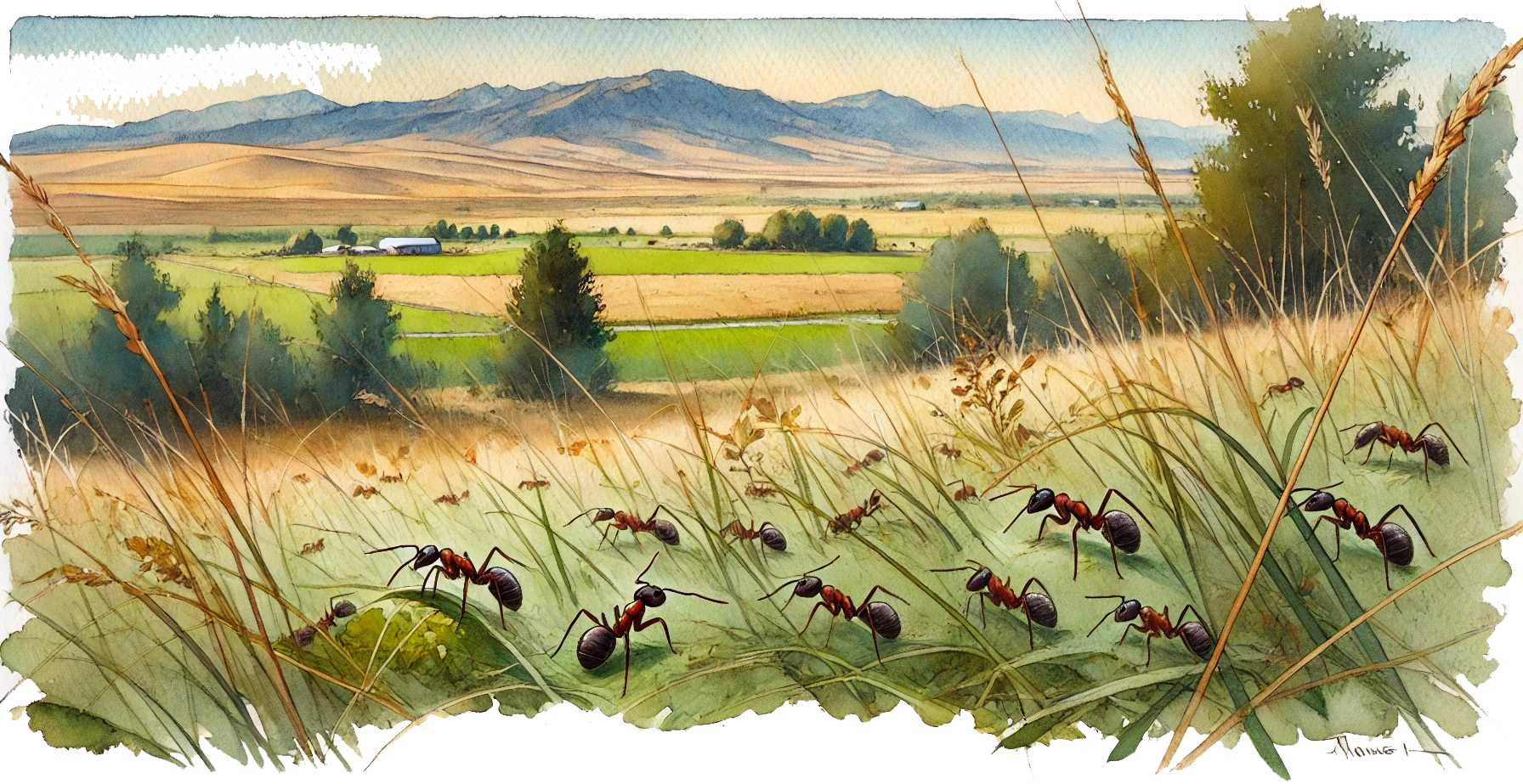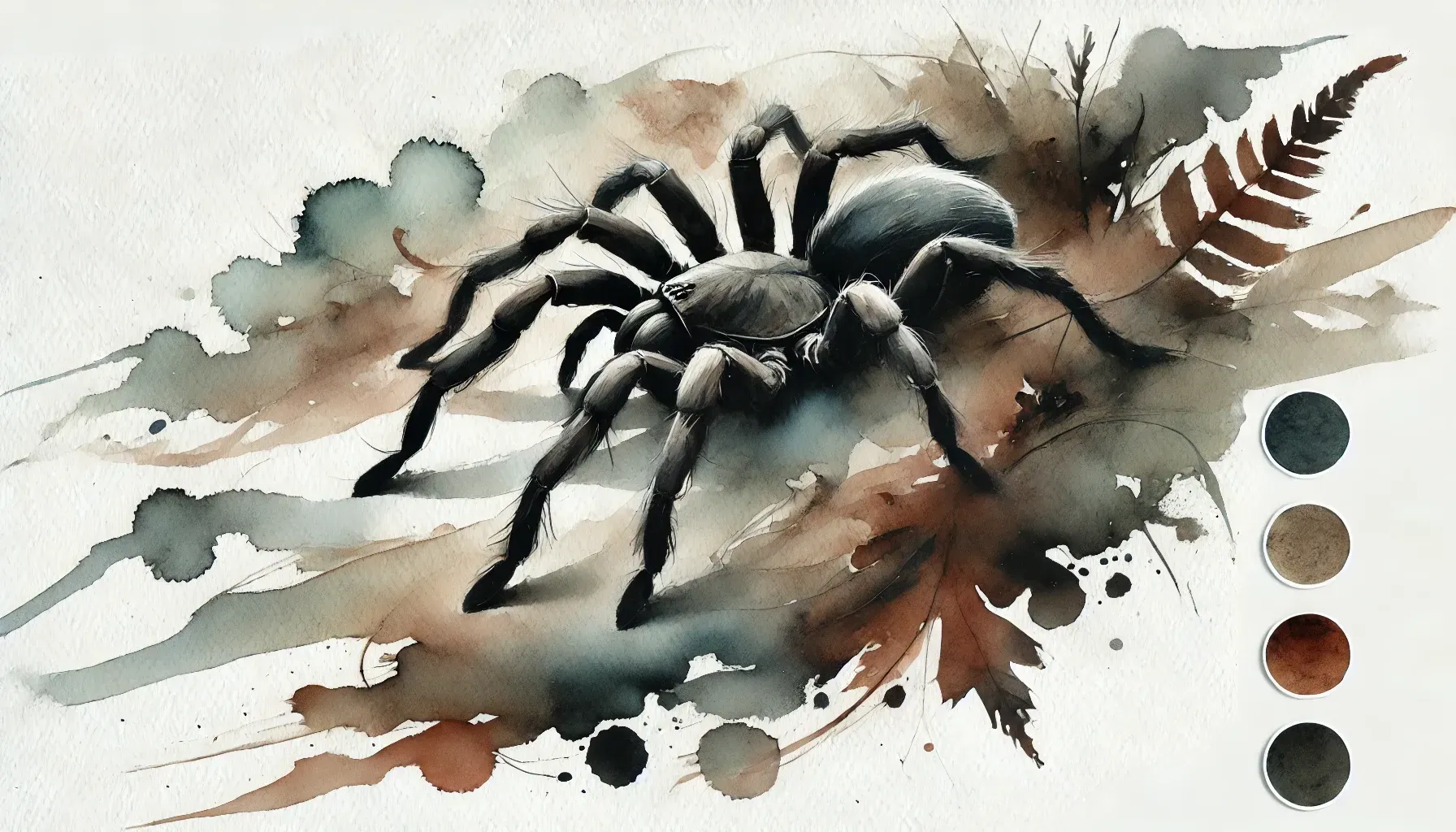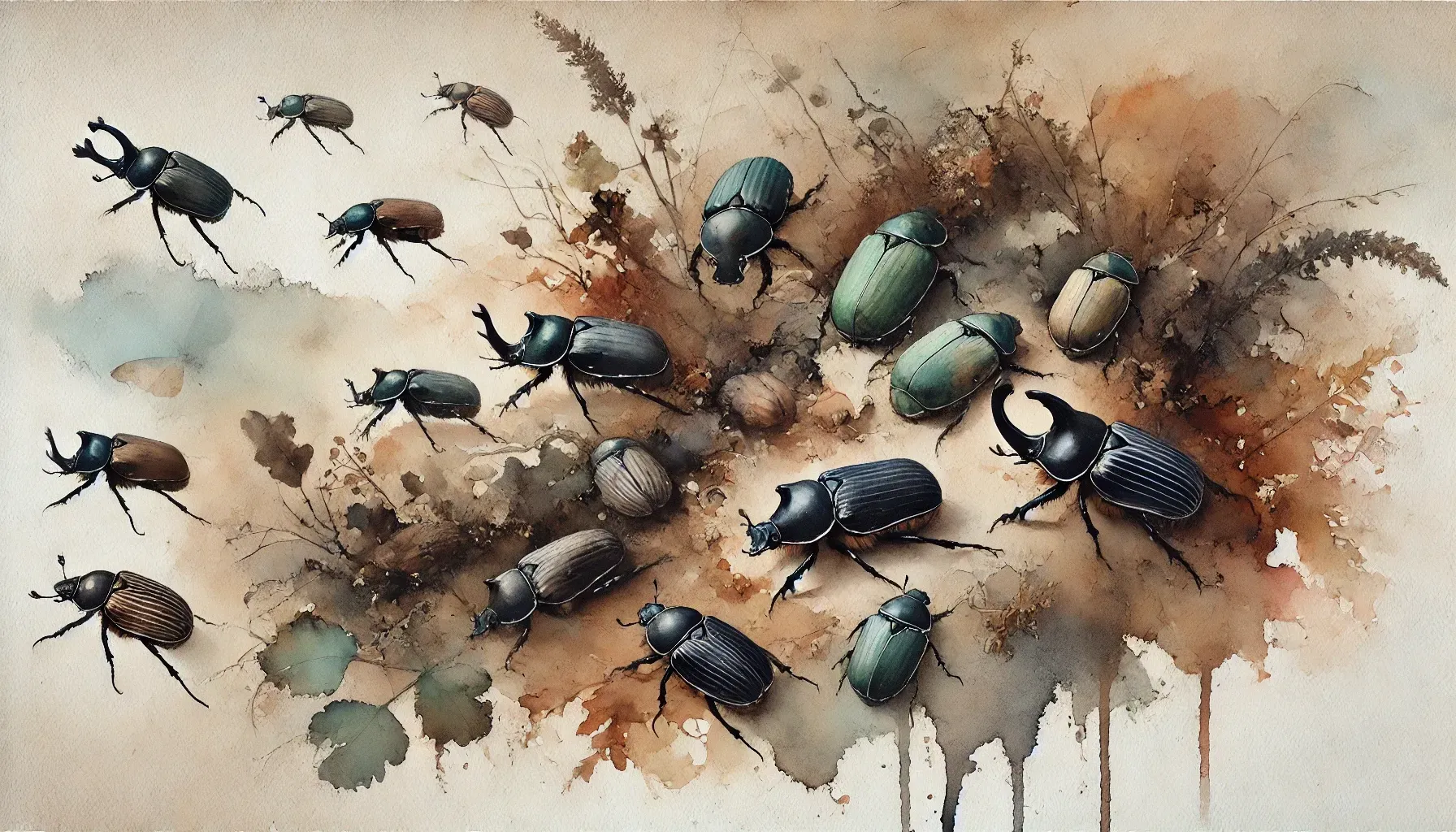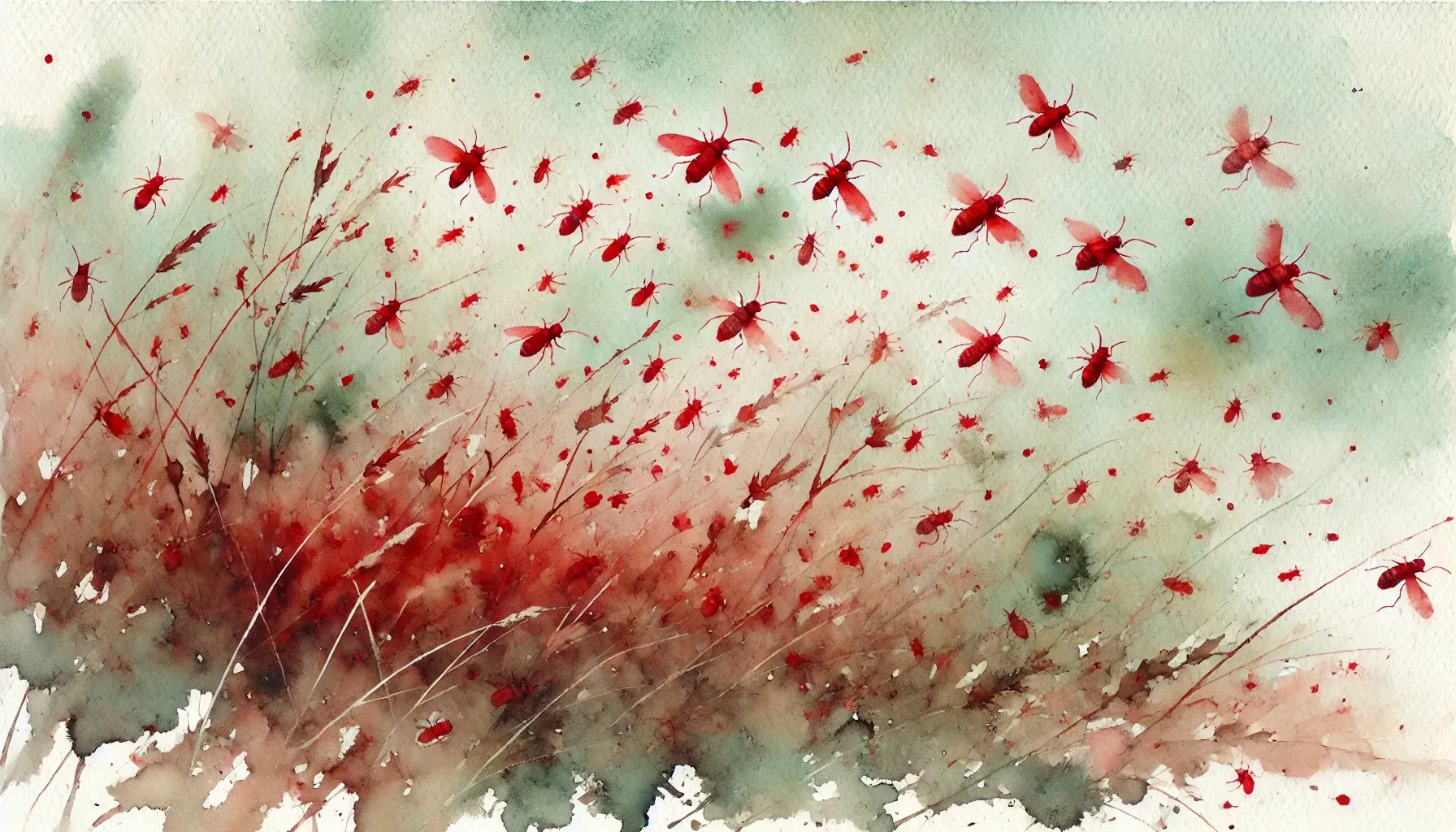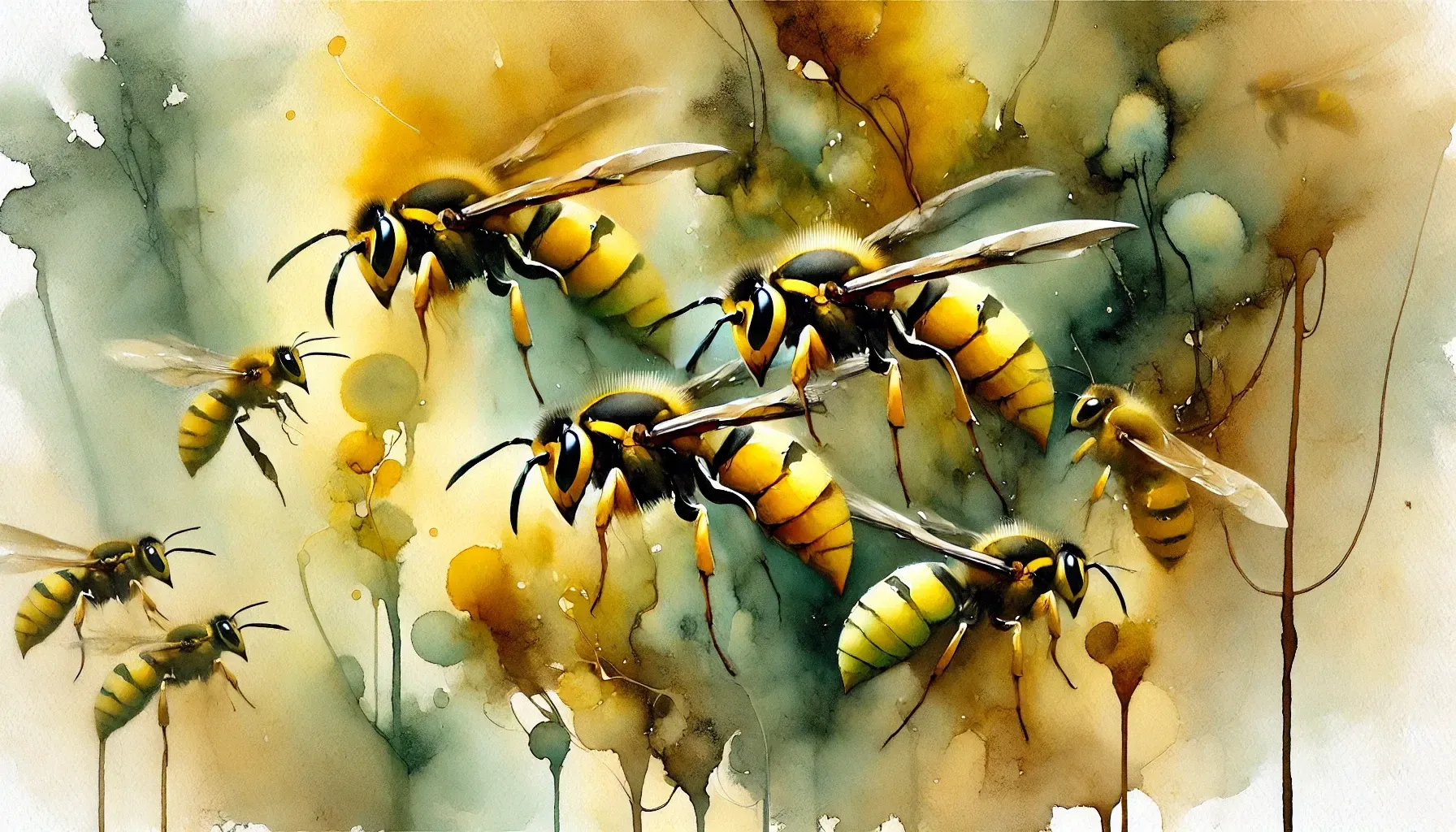Carpenter ants, particularly Camponotus vicinus, are one of the most common species in Idaho. These ants are known for their large size and their ability to excavate wood to create nesting sites. While they do not consume wood like termites, their tunneling behavior can cause structural damage to buildings if left untreated. In Idaho, carpenter ants are primarily found in forested areas but can also invade homes and other structures, making them a significant pest concern.
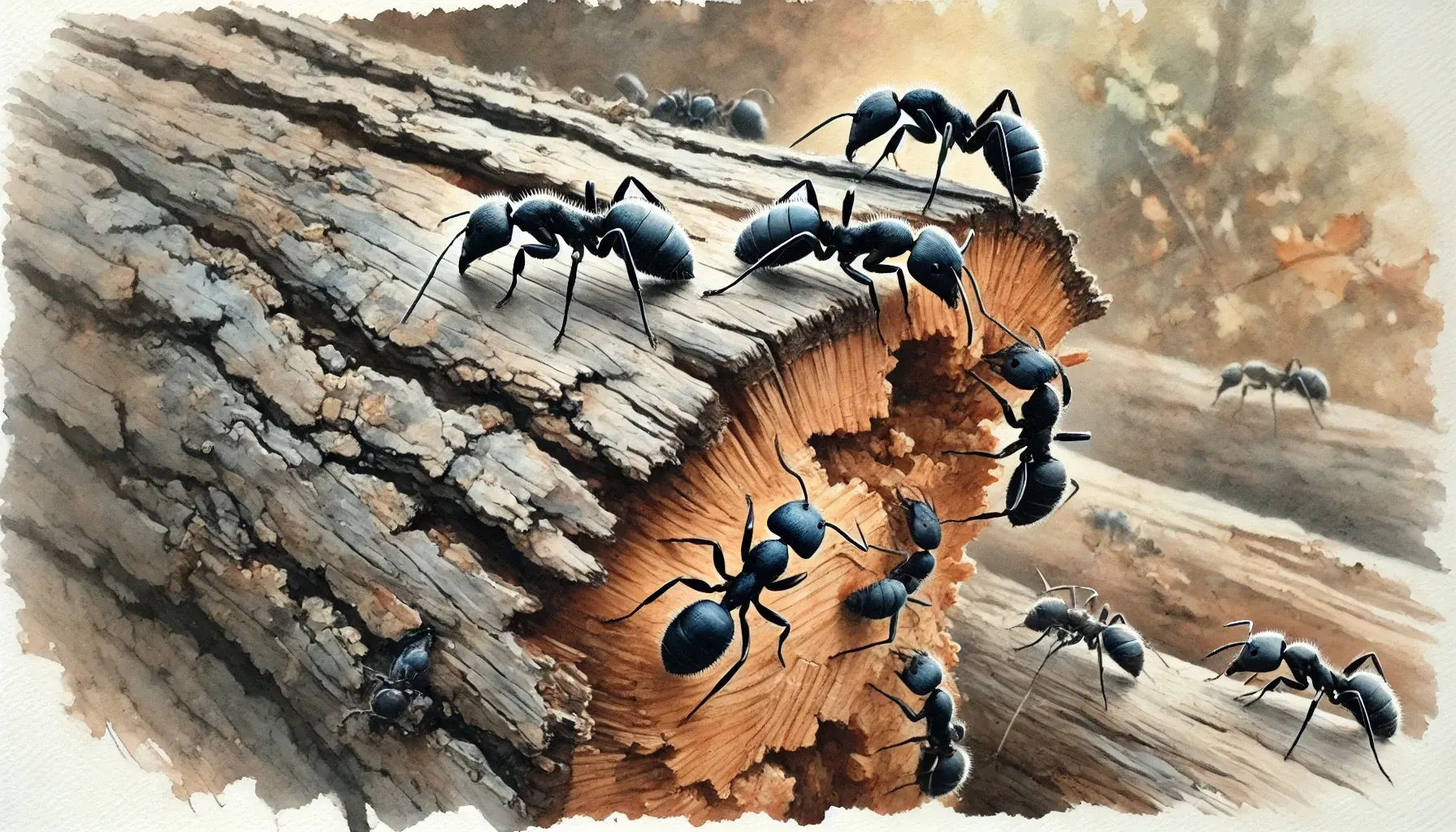
Habitat and Behavior
Carpenter ants in Idaho typically nest in moist, decaying wood, often in fallen logs, tree stumps, and sometimes in the structural wood of homes. A study conducted in northern Idaho found that Camponotus vicinus preferred nesting in coniferous forests, with most colonies located in fallen logs or stumps. These ants thrive in dry areas, particularly in regions with an opening in the forest canopy where temperature and moisture are favorable for their activity(Chen et al., 2002).
While carpenter ants are considered important for their role in controlling forest pests, they become a problem when they invade human structures. They enter homes in search of food and nesting sites, often following trails established between their outdoor nests and food sources indoors.
Signs of Infestation
Signs of a carpenter ant infestation include the presence of large black or reddish-black ants, particularly near windows, doors, and baseboards. You may also notice piles of sawdust-like material, known as frass, which the ants expel from their galleries as they tunnel through wood. This frass is often found in areas where carpenter ants are actively nesting.
Another indication of carpenter ant activity is the sound of rustling within walls, which may occur when the ants are actively tunneling. Carpenter ants are most active during the warmer months, making infestations more noticeable during spring and summer.
Damage to Structures
Carpenter ants can cause significant structural damage over time by hollowing out wood for their nests. Unlike termites, they do not eat wood, but their excavation weakens the wood, which can lead to costly repairs if left untreated. While they primarily target decaying or moisture-damaged wood, they can extend their tunnels into sound wood as their colony grows. Their preference for moist environments means that leaks and poor ventilation can attract carpenter ants to homes.
Prevention and Control
Preventing carpenter ant infestations in Idaho requires reducing moisture and eliminating potential nesting sites around the home. Here are some steps you can take:
- Fix leaks and improve ventilation: Ensure that gutters, downspouts, and plumbing are functioning properly to reduce moisture in and around your home.
- Seal entry points: Inspect and seal cracks in foundations, windows, and doors to prevent ants from entering.
- Remove decaying wood: Clear away dead trees, stumps, and wood debris near your home, as these are prime nesting sites for carpenter ants.
If you suspect a carpenter ant infestation, it may be time to consult a professional pest control service. Professionals can identify the extent of the infestation and apply targeted treatments to eliminate carpenter ants while preventing further damage.
Conclusion
Carpenter ants are a common pest in Idaho, particularly in forested areas. While they play an important role in the ecosystem, their ability to cause structural damage makes them a concern for homeowners. Taking preventative measures and seeking professional pest control when necessary can help protect your home from these destructive insects.
Works Cited
Chen, Y., Hansen, L., & Brown, J. L. (2002). Nesting Sites of the Carpenter Ant,
Camponotus vicinus (Mayr) (Hymenoptera: Formicidae) in Northern Idaho.https://academic.oup.com/ee/article/31/6/1037/456195?login=false.
Contact Today For $100 Off Your Initial Service!
⭐⭐⭐⭐⭐
Backed by our Bigfoot Guarantee!
What Customers Are Saying:
"Everyone from Bigfoot is awesome. They are always on time. They're extremely thorough. I've not had a single issue in the two years they have been treating our home. Well worth it!"
T. Potter | Meridian, ID

